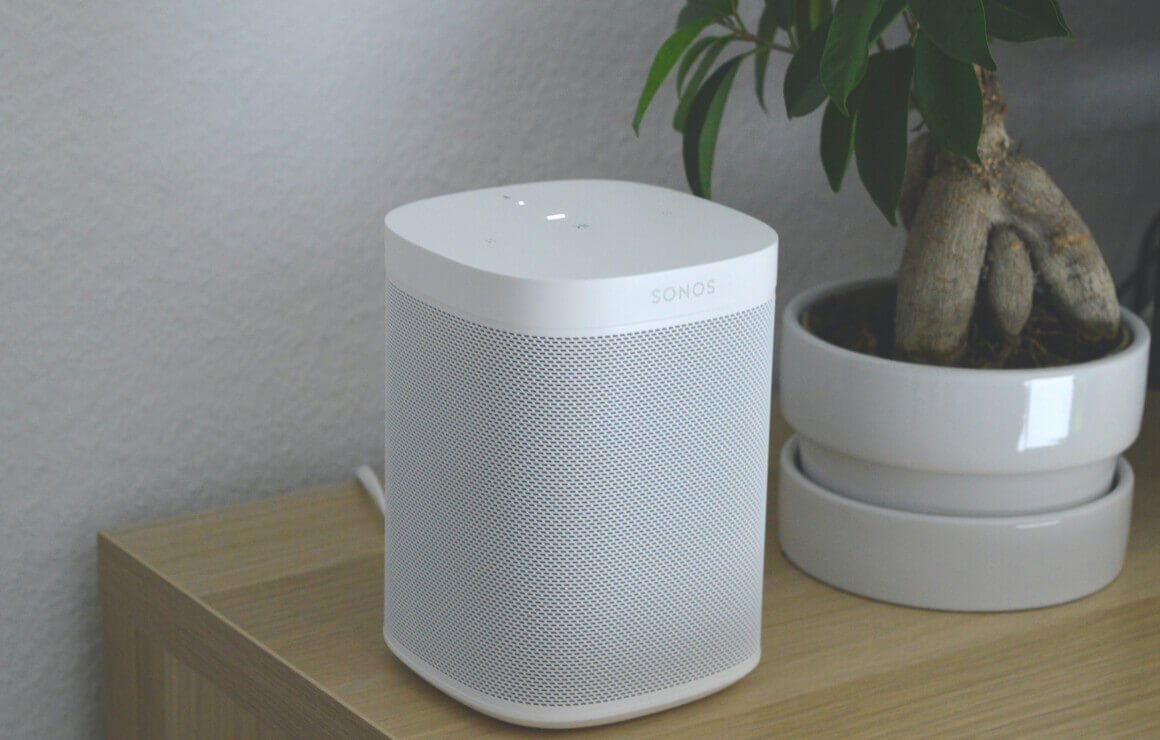A Complete Guide to Customizing Gifts and Print on Demand Shops
Understanding the Customization and Print on Demand Industry
The customization and print on demand (POD) industry has seen remarkable growth over the past decade, driven by advancements in digital printing technology. Print on demand refers to the process of creating products only as orders are received, rather than producing items in bulk. This model offers significant advantages, such as lower upfront costs, minimized waste, and the ability to produce personalized items tailored to individual preferences.
Historically, traditional bulk printing required significant investment in inventory and faced the risk of unsold stock. In contrast, the print on demand model eliminates these challenges by allowing businesses to offer a wide variety of products without the need for large-scale production runs. This flexibility enables entrepreneurs and companies to experiment with different designs and product lines without incurring substantial financial risk.
The types of products available for customization in the POD industry are vast and varied. Commonly customized items include apparel such as t-shirts, hoodies, and hats; home decor items like pillows, wall art, and mugs; and accessories including phone cases, tote bags, and jewelry. The ability to personalize these products with unique designs, names, or messages makes them highly appealing to consumers seeking one-of-a-kind gifts and items that reflect their personal style.
Current market trends in the customization and POD industry indicate a growing consumer preference for personalized products. The rise of niche markets has further fueled this demand, with consumers seeking items that cater to specific interests, hobbies, and identities. For instance, products that celebrate cultural heritage, promote social causes, or feature custom artwork are increasingly popular.
Businesses can leverage POD services to create unique, high-quality, and tailored gifts for various occasions. By offering personalized products, companies can differentiate themselves from competitors and build stronger relationships with customers. Additionally, the ability to quickly adapt to market trends and consumer preferences ensures that businesses remain relevant and can meet evolving demands with agility and creativity.
Setting Up and Running a Successful Print on Demand Shop
Establishing a print on demand (POD) shop begins with identifying a niche market that aligns with your interests and expertise. Conduct thorough market research to understand your target audience’s preferences and needs. This foundational step will enable you to tailor your offerings effectively, ensuring they resonate with potential customers. Analyze trends, study competitors, and gather insights through surveys or social media polls to fine-tune your niche.
After pinpointing your niche, choosing the right POD platform and partners is crucial. Evaluate potential platforms based on several criteria: product range, printing quality, shipping options, and integration capabilities with e-commerce sites. Popular platforms such as Printful, Teespring, and Printify offer diverse products and robust integration features. Ensure that the chosen platform aligns with your business needs and can scale as your shop grows.
Designing custom products is at the heart of a successful POD business. Create unique and appealing designs that cater to your target market’s tastes. Utilize design tools like Adobe Illustrator or Canva, and consider hiring professional designers if necessary. Focus on originality and quality, ensuring your designs stand out and convey the desired message or aesthetic. Regularly update your product catalog with fresh designs to keep your offerings dynamic and engaging.
Building a strong online presence is essential for attracting and retaining customers. Develop a professional e-commerce website using platforms like Shopify or WooCommerce, ensuring it is user-friendly and visually appealing. Leverage social media channels to promote your products, engage with your audience, and build a community around your brand. Consistent and strategic use of social media can significantly enhance your reach and customer engagement.
Effective marketing strategies are vital for driving traffic and sales. Utilize SEO techniques to improve your website’s visibility on search engines, run promotions to attract new customers, and gather feedback to refine your offerings continually. Email marketing, influencer collaborations, and targeted ads can also boost your shop’s visibility and conversion rates.
Operational efficiency is key to sustaining a successful POD shop. Manage orders diligently, ensuring timely fulfillment and quality control. Provide excellent customer service by addressing inquiries promptly and resolving issues effectively. Building a loyal customer base relies on consistent quality and positive customer experiences, fostering repeat business and word-of-mouth referrals.



Add comment